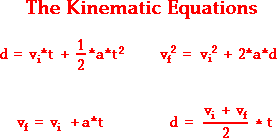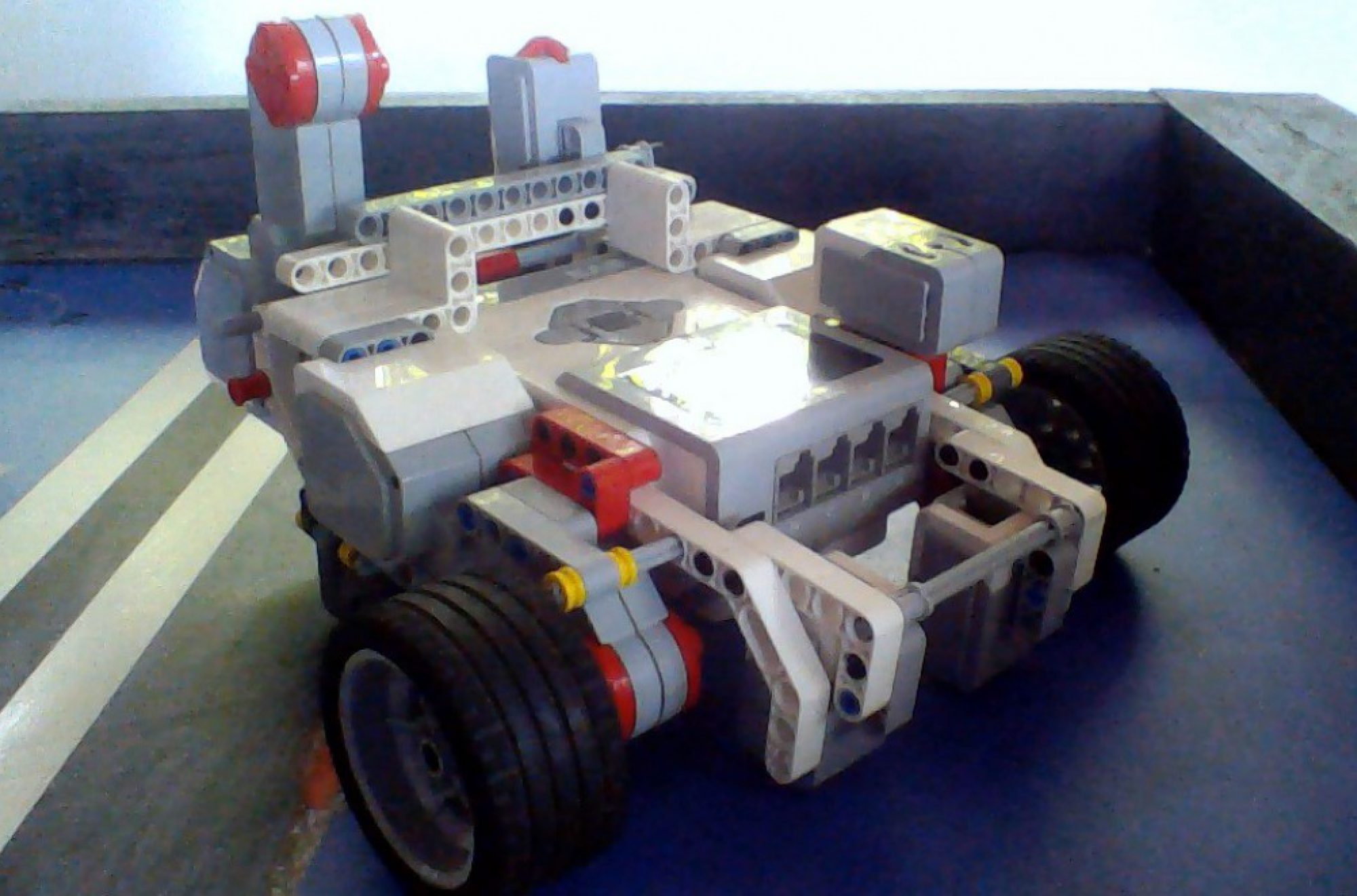In October 2017, I had a class of physic. I learn about different forces in an object like a force of normal, the force of gravity, apply force and many more forces. I also get to learn about kinematic equations:

the picture from http://www.physicsclassroom.com
Furthermore, I learned about static friction and kinetic friction.
In class, I did an experiment with an object about kinetic friction.
| Material | Trial 1 degrees | Trial 2
degrees |
Trial 3
degrees |
Total
degrees |
Avg
degrees |
Coefficient of static friction |
| Wood | 20° | 23° | 31° | 74° | 24.67° | 0.46° |
| Sand Paper #1 | 51° | 51° | 57° | 159° | 53° | 1.33° |
| Sand Paper #2 | 45° | 45° | 53° | 143° | 46.67° | 1.06° |
| Sand Paper #3 | 45° | 41° | 41° | 127° | 42.33° | 0.91° |
| Sand Paper #4 | 42° | 51° | 51° | 144° | 48° | 1.11° |
| Sand Paper #5 | 51° | 42° | 51° | 144° | 48° | 1.11° |
Here what we analyzed:
Our hypothesis before doing this experiment we thought that sandpaper # 4 and #5 will have the same angle because it is the same type of sandpaper. We also thought that the board itself has less friction so the angle for the object to start moving might be less than the other, like sandpaper. So the rougher the sandpaper is, the more friction force there will be since it’s going to have a bigger angle and takes more force to be able to move the object. So, sandpaper #4 and #5 will have the most friction and needs angle than the wood and sandpaper #1, #2 and #3 because since their roughness is less the #4 and #5.
Based on the experiment, the max average angle was 53 degrees and from that, the biggest minimum angle to make the object slide down is 1.33. The average coefficient of static friction is 0.997. Therefore, the average angle is 43.78.
The real thing might affect the data are: the measurement of the angle is not accurate, the speed that we pushed the board to go up, some sandpaper is not correctly stuck placed board(it was kind of curve surface not flat), we keep the board moving, we didn’t place the object at the same place every time, the shakiness of our hand pushing the board, we only measure when the object is moving we didn’t know exactly when it started to move and we started in different angle most of the time.
